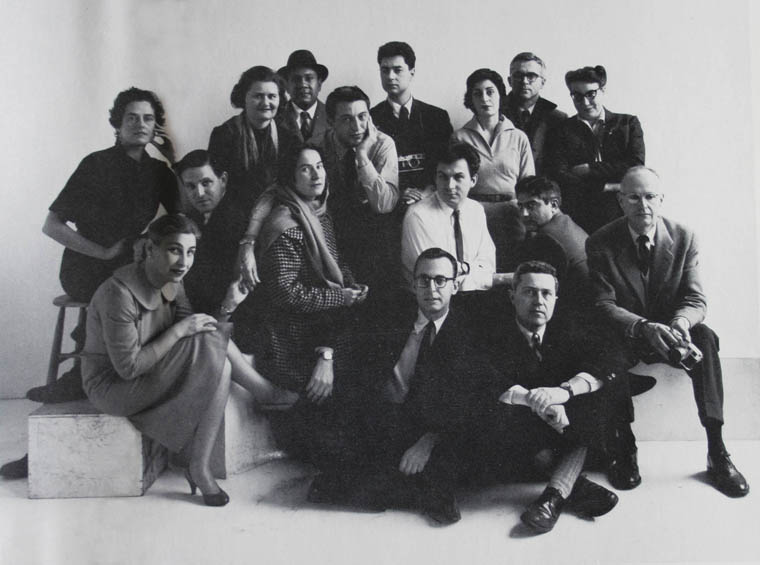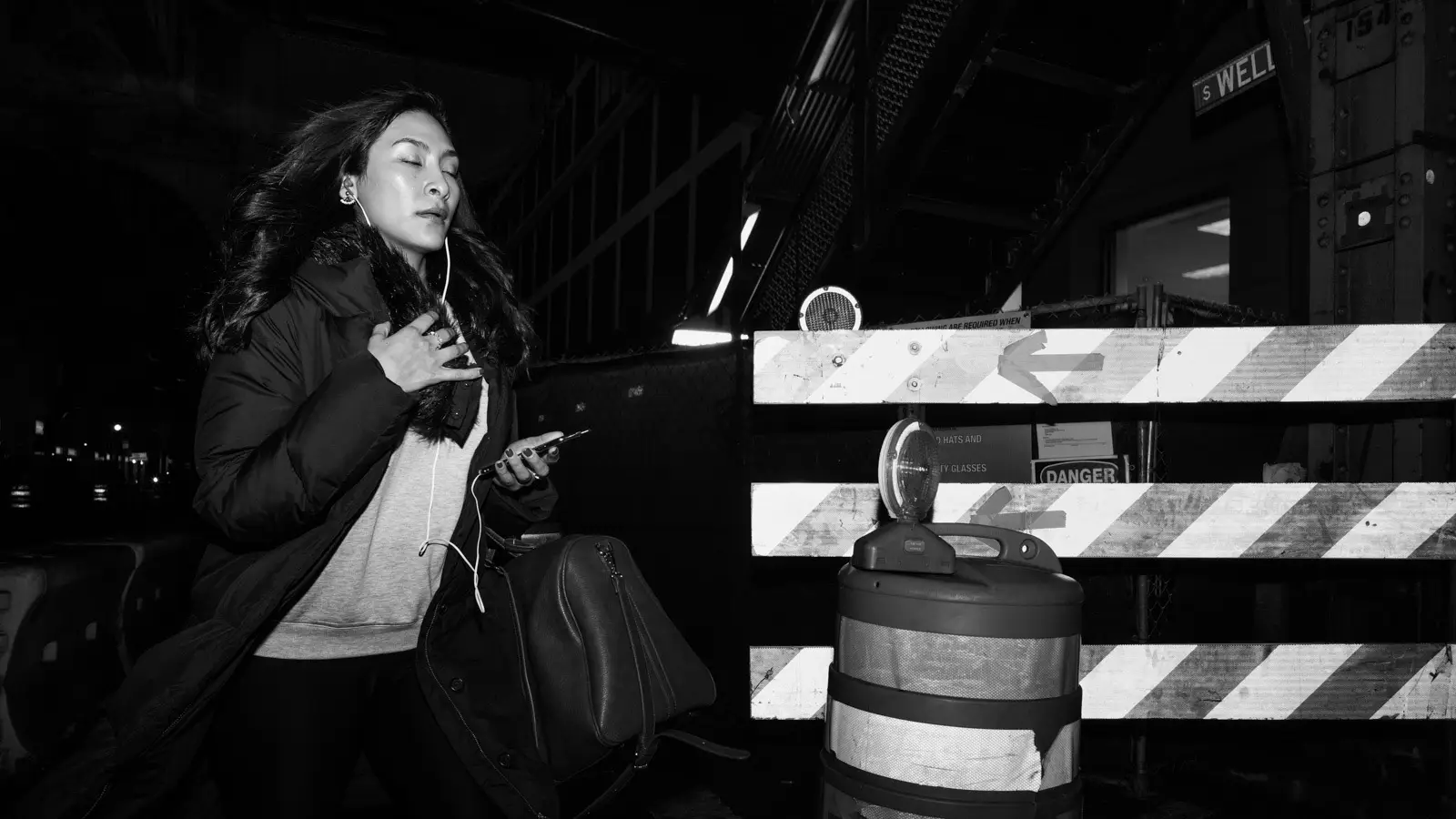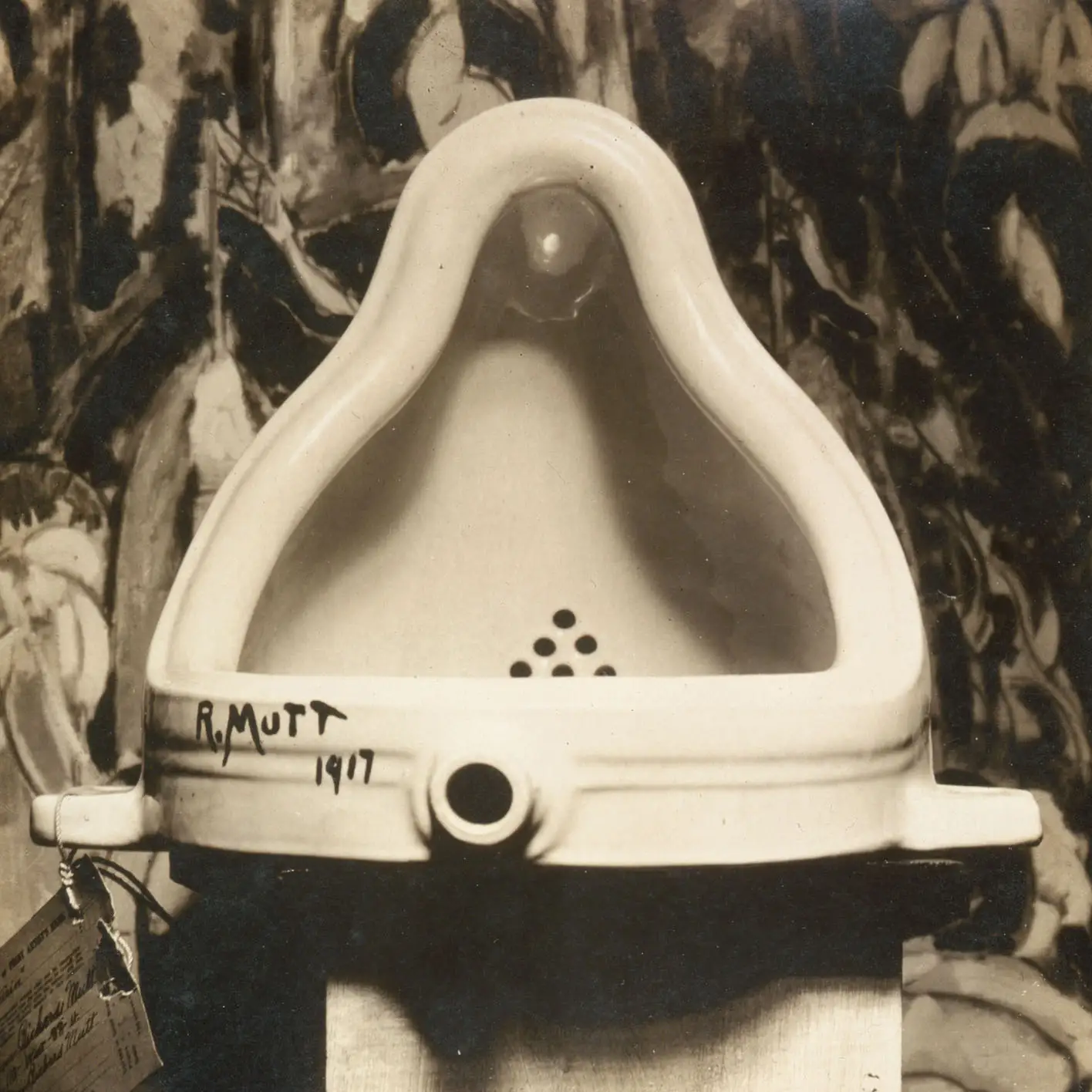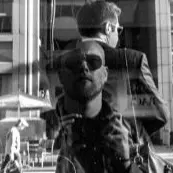Man Ray
The famous photographer Man Ray is best known for his work depicting images in the genres of Dadaism, surrealism, and avant-garde imagery. A master of fashion and experimental photography, Man Ray was also a painter, filmmaker, writer and philosopher. Respected as an artistic genius, Man Ray produced provocative and daring photographs.
Emmanuel Radnitzky was born on August 27, 1890 in Philadelphia, Pennsylvania, the oldest child of Russian Jewish immigrants. In 1912, in Brooklyn, New York, his parents changed the family name from Radnitzky to Ray out of concern for anti-Semitic sentiment prevalent at the time.
Emmanuel, often called Manny, changed his first name to Man. Little did his family know that their Man Ray would become a legend.
Man Ray’s childhood was steeped in creativity. Although his father worked in the garment industry, he also ran a small tailoring business out of his home. Man Ray’s mother applied her creative talents to designing and making clothing for the family.
His parents’ labors clearly had a great impact on Man Ray. Images of clothing dummies, fabric samples and basic sewing tools, are present or symbolic in many of his later photographs and paintings.
Art in Man Ray’s Life
Man Ray attended Boys’ High School in New York from 1904 to 1908. In addition to his core curriculum, he studied grounding, drafting and basic art techniques. He visited art museums in his free time and was fascinated with the exhibits he viewed. Man was especially drawn to the Old Masters.
Although he was offered a college scholarship based on his architectural talents, he declined. He didn’t want to go to college and was determined to pursue an art-related career.
Man soon worked as a commercial artist and illustrator, but that wasn’t enough to satisfy him. He wanted to paint, and in 1915 he presented his first art show in New York. Yet it wasn’t until 1921, when Man Ray moved to Paris, that he became known for revolutionizing the art of photography.
Man Ray’s Photography: Dadaism
Dada erupted in Europe as a direct rejection of traditional art. In 1918, Man Ray formed his own American branch of Dadaism, an effort to create work that was so absurd and beyond expectation that it confused the viewer’s very sense of reality.
This thought-provoking, somewhat paradoxical work, did not survive in New York as Man Ray had hoped. “Dada cannot live in New York,” he said. “All New York is dada, and will not tolerate a rival.” He moved to Paris in 1921, where he revolutionized the art of photography for the next twenty years.
Photography in Paris
Man Ray met and fell in love with Kiki Montparasse, the famous French model, when he moved to Paris in 1921. She became his lover and the subject of many of his intriguing photos. Using the outline of her body, Man Ray depicted ‘objects’ in his photographs.
Man Ray’s photography took off in Paris where his photographs of Gertrude Stein, James Joyce and Jean Cocteau were later included in his first Surrealist exhibition in 1925.
Man Ray is credited with and respected for ‘reinventing’ the special photographic techniques of solarisation and photograms in the 1920’s.
- solarisation: This technique reverses the tone of an image on a negative or print, so that darkness appears as light, and light tones become dark.
- photograms: Man Ray created his own special technique for photograms, an existing medium that used photographic materials without a camera to achieve a picture. Objects are placed on photo-sensitive material and then exposed to light. The result appears almost ‘x-ray-like’ in effect. Man Ray’s own versions of photograms were called rayographs.
Lee Miller later became Man Ray’s assistant and lover. They worked and experimented together as his photographs continued to stun the world with their originality. Some of Man Ray’s models included:
- Dali
- Hemingway
- Joyce
- Kiki
- Picasso
- Stein.
Man Ray Major Works
As Man Ray said, “I do not photograph nature. I photograph my visions,” and we see just that: visions of the unexpected portrayed through surrealism and the avant-garde. Some of his major works include:
- Suicide (1917)
- The Gift (1921)
- Tears (1932)
- Untitled (1943).
Le Violin d’Ingres, Man Ray’s 1924 photograph, portrays the bare back of the model Kiki, whose shape suggests a violin. Ray went so far as to include the distinctive “f-holes” of a violin onto her back by painting them on the photographic print. The graceful elegance of this black and white photograph is both humorous and haunting.
Double Image Wearing Robe Mousseline, photographed in 1936, reveals a stunning woman standing in a flowing, sensual dress. Just above her head, we see an inverted image of the same woman, now sitting, as her dress spills about her with a dreamy quality.
Man Ray died in France on November 18, 1976. Like his work, his epitaph revealed the mystery of his persona: “Unconcerned, but not indifferent.” His work continues to be a source of inspiration to contemporary photographers and artists.



